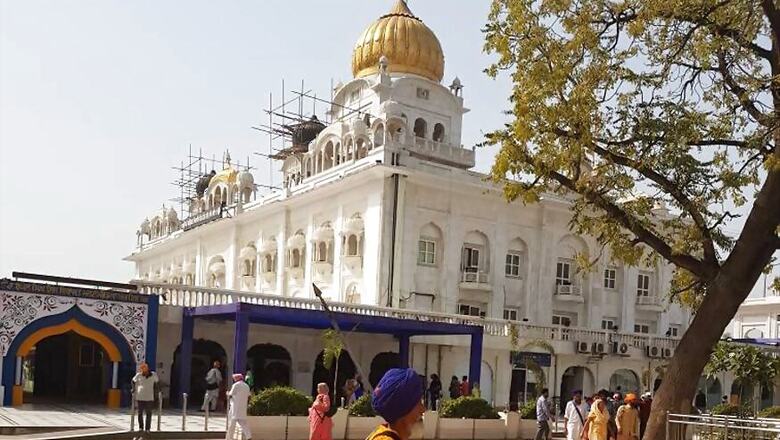
views
New Delhi: History has been written and rewritten at the national capital’s Jantar Mantar because of the agitations that it has played host to. Some of these protests go on for days and weeks.
As they fight for a myriad causes, protesters, over the years, have turned to an iconic gurdwara near Jantar Mantar to help them survive these days and weeks.
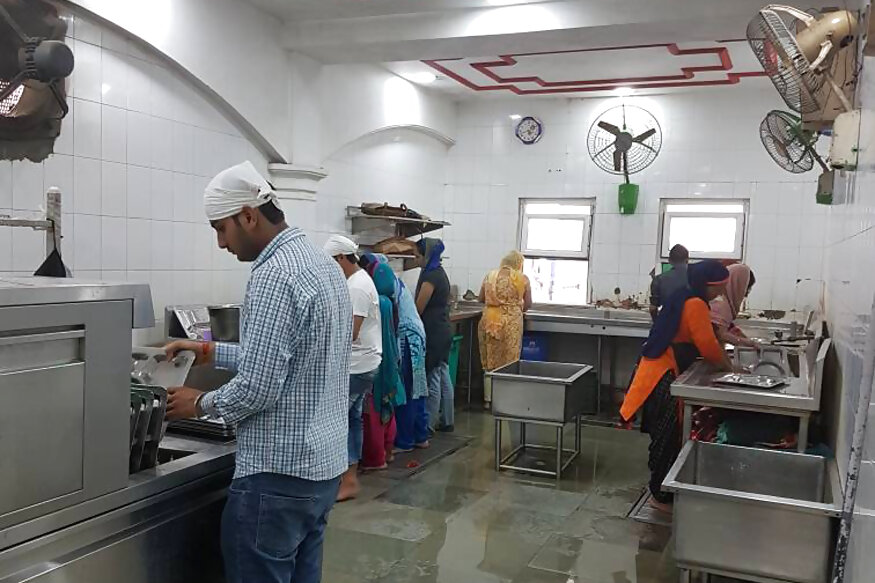
Manjit Singh GK, president of the Delhi Sikh Gurdwara Management Committee (DSGMC), said both Bangla Sahib and Rakab Ganj Sahib gurdwaras have become the lifeline of protesters owing to their locations in Central Delhi.
In 1986, social activist Baba Amte led a ‘Bharat Jodo’ march all over the country. For two days, thousands of his supporters were camped out at Amar Jawan Jyoti. By the second day, they were running out of food, which is when they turned to us. Even back then, we were equipped to feed all his supporters.”
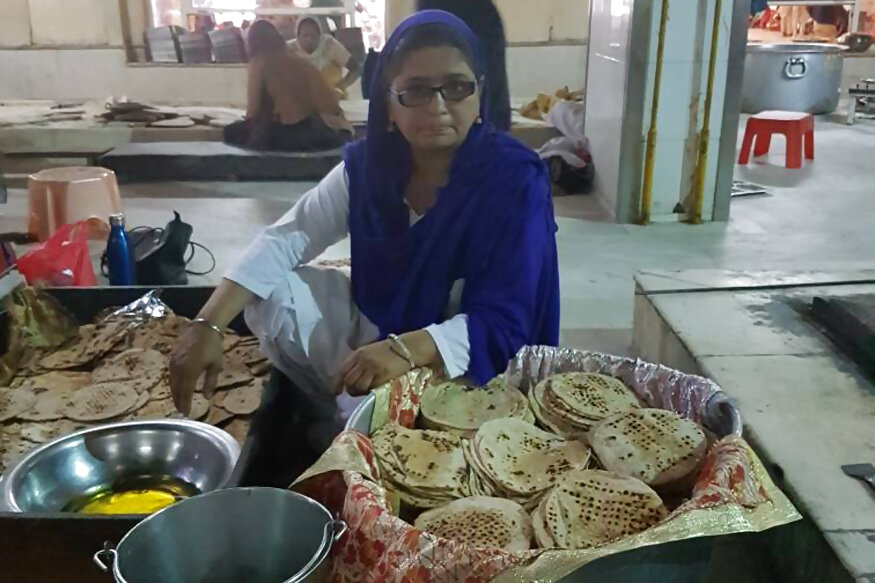
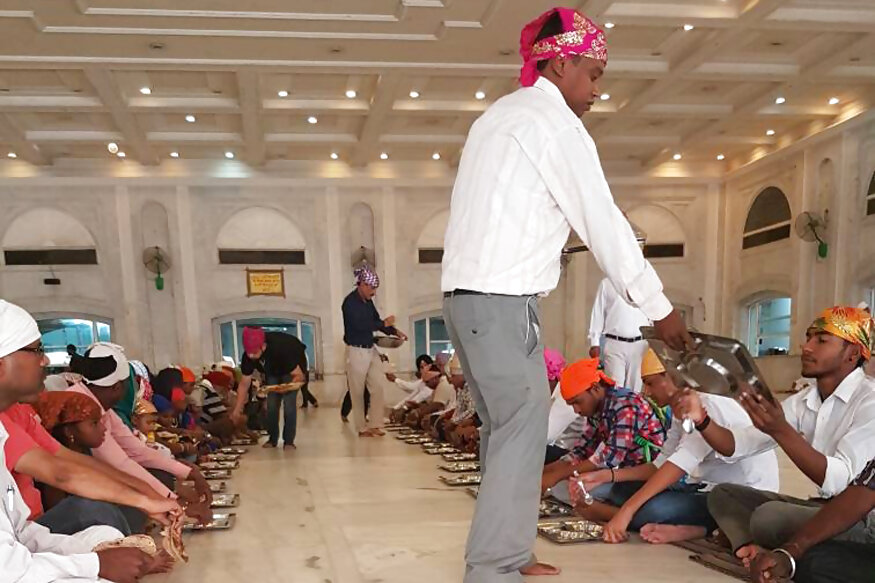
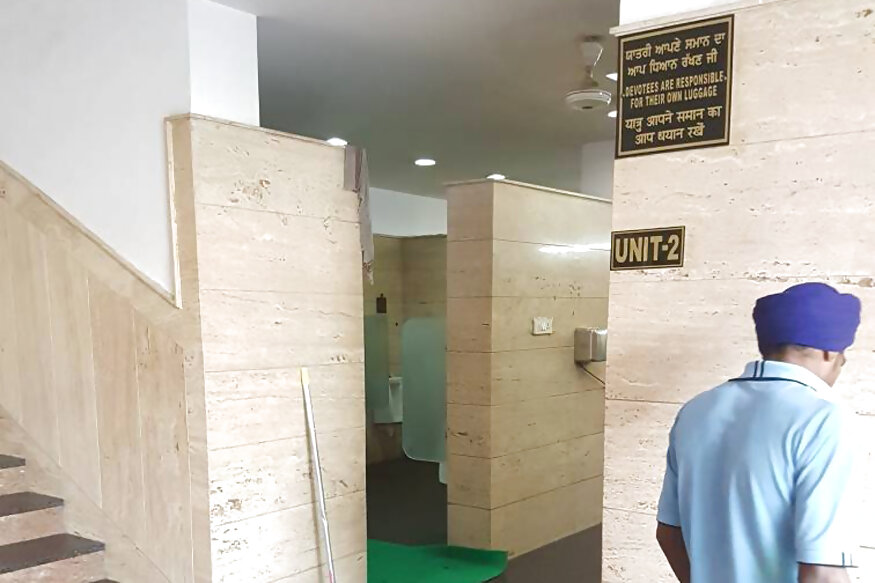
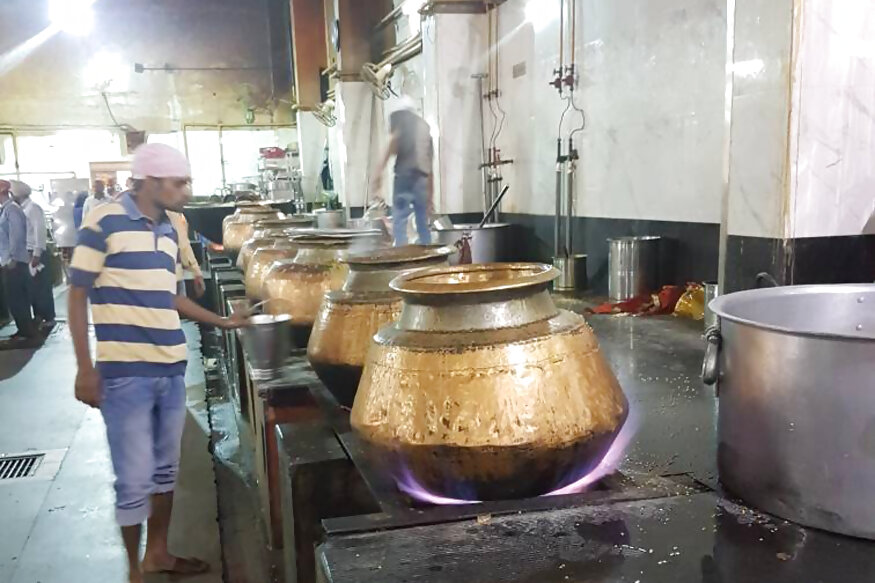
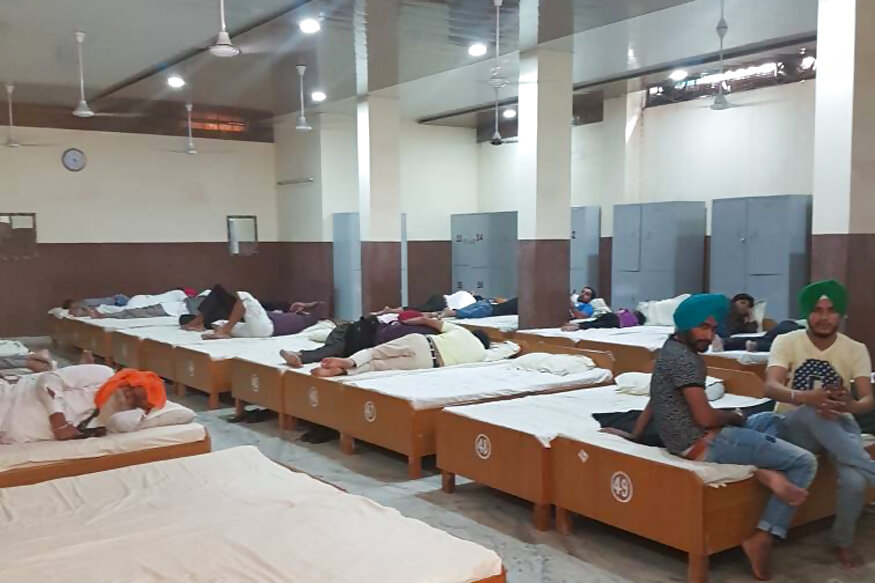
“Many protesters are here for days. We have rooms and dormitories on rent for a nominal price but for those who can’t even afford to pay Rs 100 a night, we lay out mattresses in the halls. We have even managed to accommodate 10,000 people at a time,” said GK.
ALSO READ | 1,000-Hour Protest: How Tamil Nadu Farmers Shook Conscience of New Delhi
As protesting farmers from Tamil Nadu pointed out, the gurdwara was also their savior, owing to the lack of public toilets. Lahkbir Singh, in-charge of cleaning the toilets said, “I head a team of eight people here. We work in shifts of ten hours and I supervise the work. Apart from the toilets, we have a bathing area upstairs. It is for everyone to use.”


















Comments
0 comment